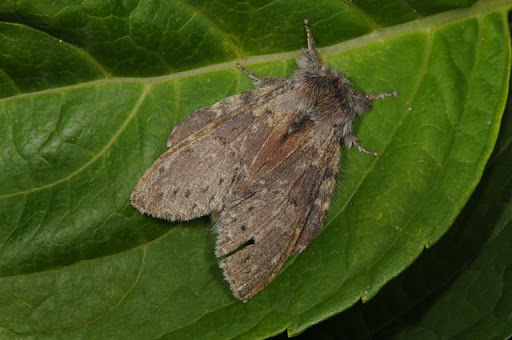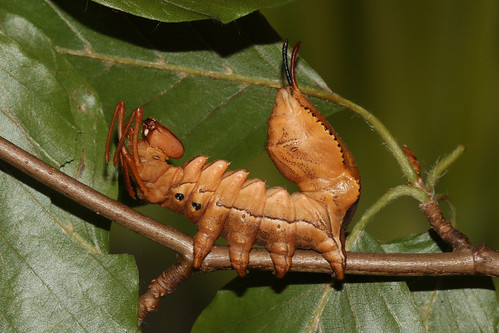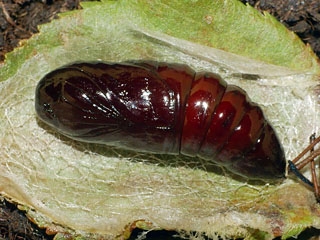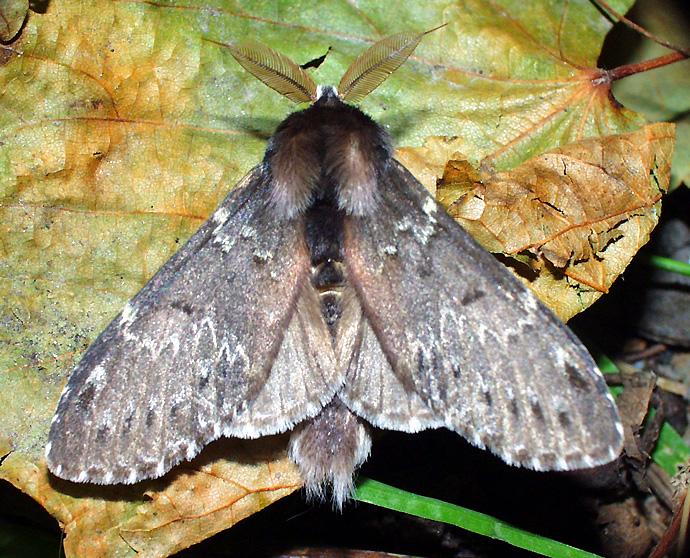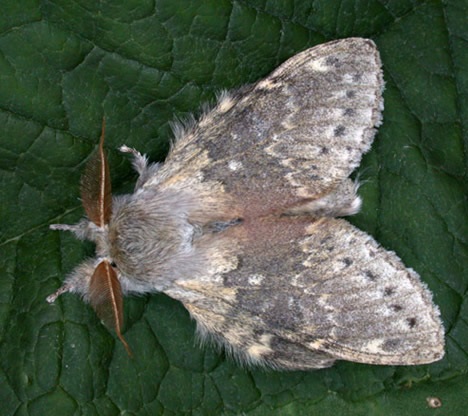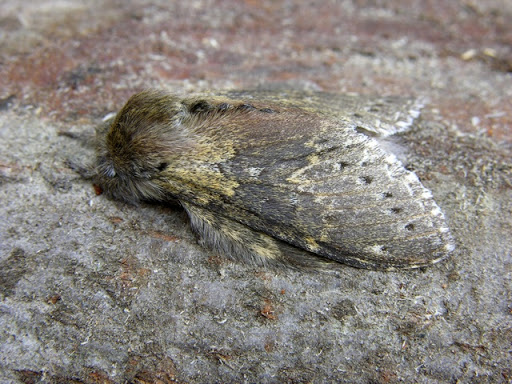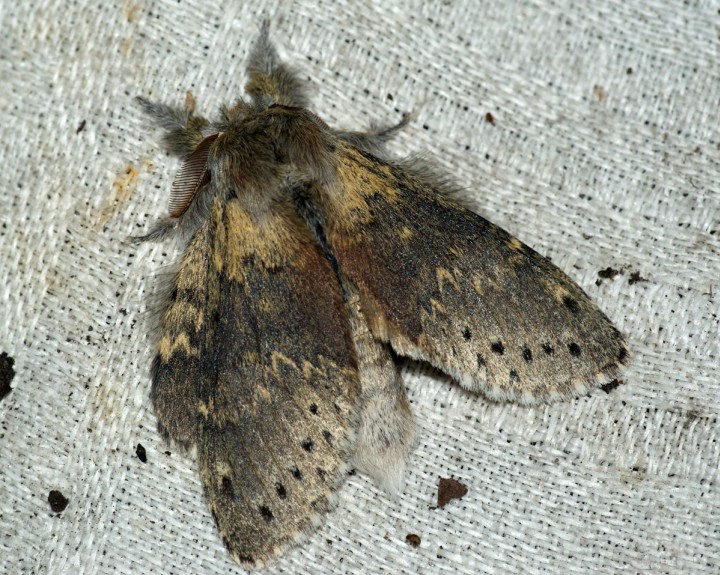Lobster Moth (Stauropus fagi)
Lobster moth of the Notodontidae family has an extensive range. It inhabits the entire Palearctic realm excepting the northern part of Africa and certain regions of Siberia situated within the Ob River and Lake Baikal region. The reason behind its name is the somewhat odd appearance of the caterpillar that closely resembles a lobster.
lh3.googleusercontent.com
Scientific Classification
- Family: Notodontidae
- Genus: Stauropus
- Scientific Name: Stauropus fagi
Description and Identification
Caterpillar
In their first and second instar stage, the larva mimics an ant in its appearance and behavior. Their long legs, and swollen anal region, are quite ant-like, displaying a similar violent movement when attacked or disturbed. In the later instar stages, they develop a large-sized head, long thoracic eggs, swollen anal segment, and raised humps from their fourth to seventh segments. On average, the larva is 7 cm long with a reddish-brown body that helps them camouflage with their surroundings when at rest.
Adult Moth
Sexual Dimorphism: Not prominent
However, those seen near light sources are possibly males since they are more attracted to well-lit areas than the latter.
Color and Appearance
Forewings: When opened, the forewings appear grayish or greenish-brown with two crossbands running through them, though not prominently visible. When closed, the color is the same, though the crossbands are not visible then.
Hindwings: When opened and closed, the color of the hindwings is similar to the forewings, minus the bands and markings.
Average Wingspan: 4.5 – 6 cm
Flight Pattern: Not recorded
Season: May – August
Quick Facts
| Other Names | Lobster prominent |
| Distribution | Throughout the Palearctic realm except for northern Africa and parts of Siberia |
| Habitat | Mostly in deciduous woodlands |
| Predators | Not recorded |
| Lifespan of Adults | 6 weeks |
| Host Plants | Maple, birch, hornbeams, chestnuts, hazel, wingnuts, willows, beech, birch, oak, lime trees |
| Adult Diet | Not recorded |
Did You Know
- When threatened by its predators, the caterpillar spreads its legs and arches its head back over its body as a defense mechanism.
- Swedish botanist Carl Linnaeus described it first in his book the 10th edition of Systema Naturae.
Scientific Classification
- Family: Notodontidae
- Genus: Stauropus
- Scientific Name: Stauropus fagi

